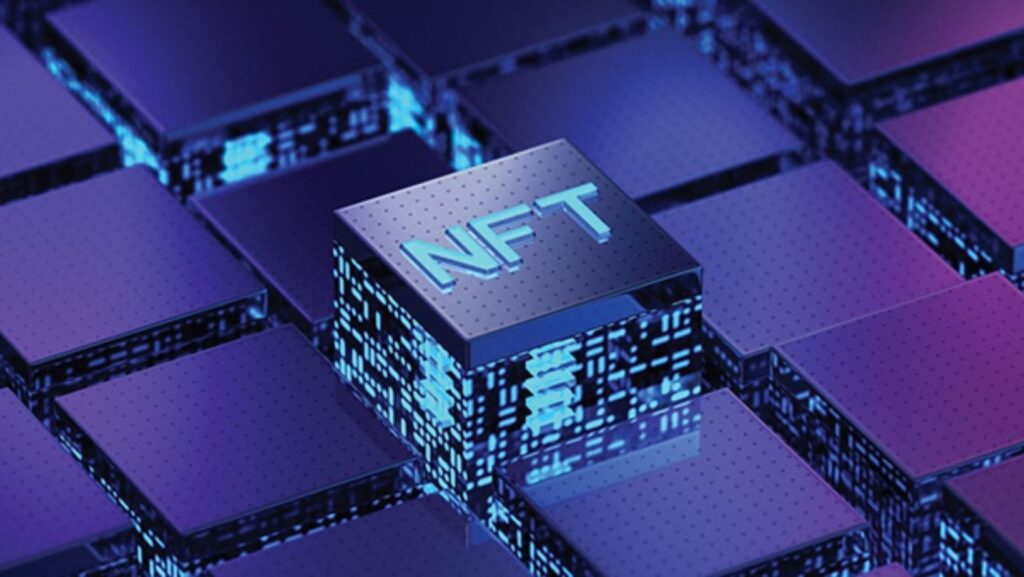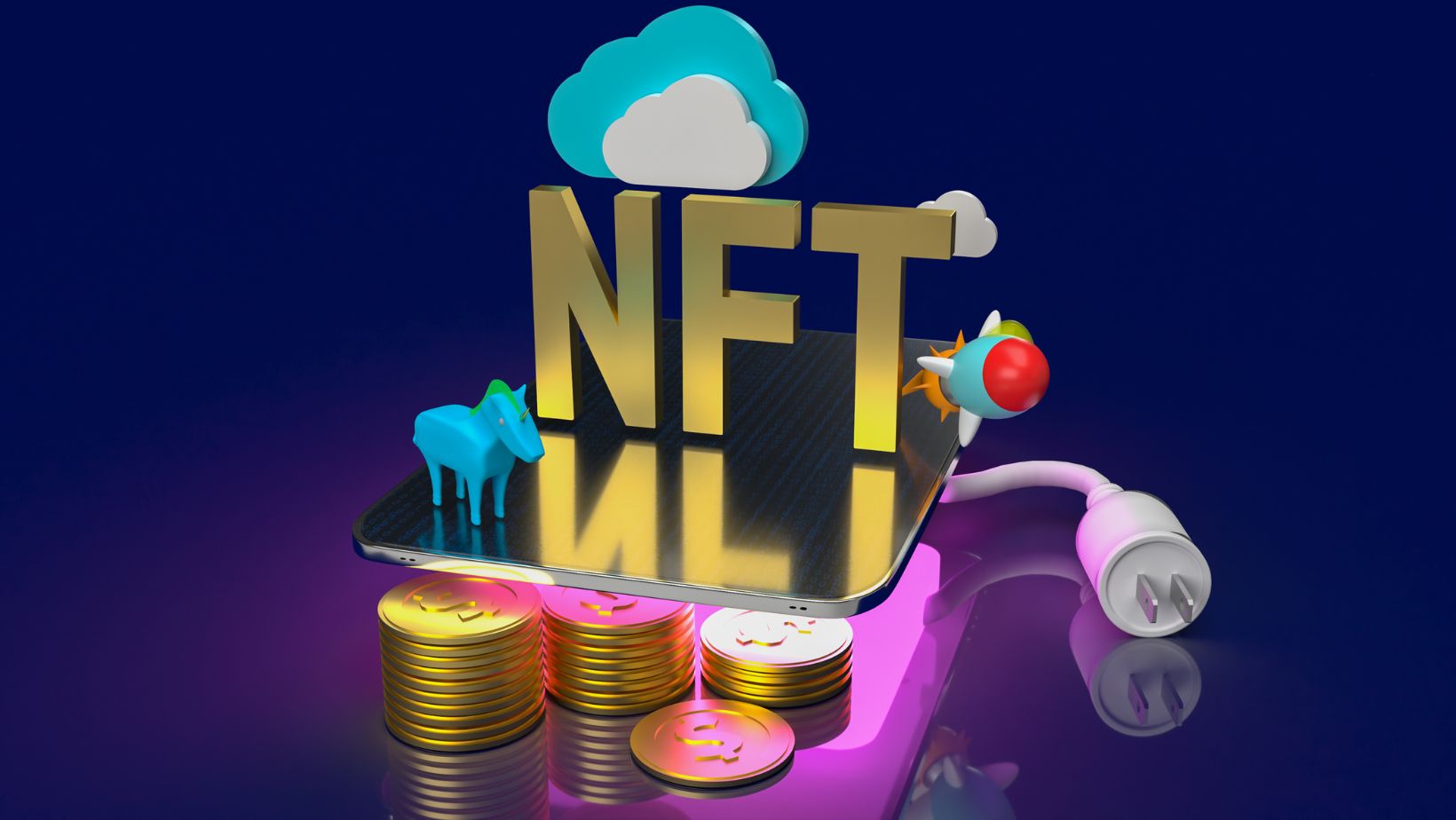
The digital age has introduced a groundbreaking innovation in the form of Non-Fungible Tokens (NFTs), transforming not just the art world but also challenging the traditional markets. NFTs are digital assets that represent real-world objects like art, music, in-game items, and videos. They are bought and sold online, frequently with cryptocurrency, and they are generally encoded with the same underlying software as many cryptos.
Cryptocurrencies also offer a convenient way to make deposits with bookmakers such as Melbet, known for providing the best odds for almost all sports. For added convenience, you can use the Melbet betting app, which streamlines the process and improves the quality of your bets.
The Rise of NFTs
The NFT market exploded in popularity around early 2021, although the concept has been around for a few years prior. This surge can be attributed to several factors, including increased cryptocurrency usage, the desire for digital ownership and collectibility, and the search for alternative investment avenues during the COVID-19 pandemic. High-profile sales, such as Beeple’s digital artwork “Everydays: The First 5000 Days,” which sold for a staggering $69 million, catapulted NFTs into the mainstream.
The technology behind NFTs, primarily blockchain, ensures that each NFT is unique, or at least one of a very limited run, and provides a transparent transaction history. This uniqueness and traceability offer something previously difficult to achieve in the digital realm: scarcity and proof of ownership. For artists, this means the potential for new revenue streams and a direct line to collectors. For collectors, it represents a new frontier of collecting, with the added allure of potential financial gain as the market fluctuates.
However, the rise of NFTs has not been without controversy. Concerns about copyright, environmental impact due to the energy consumption of blockchain technology, and market volatility have sparked debates. Despite these concerns, the market continues to grow, with new platforms and avenues for buying and selling NFTs proliferating.
Disruption in the Art World
The traditional art market, governed by galleries, auction houses, and private dealers, has been particularly disrupted by the rise of NFTs. Artists can now bypass these traditional gatekeepers, selling their work directly to a global audience of collectors and enthusiasts. This democratization of art sales has empowered artists, especially those who might not have been accommodated by the conventional art market due to their style, background, or medium.
The direct-to-consumer model not only benefits artists but also offers collectors the chance to discover new talent and invest in art in a more accessible way. Unlike the traditional art world, where provenance and authenticity can be challenging to verify, the blockchain’s transparency provides undeniable proof of a work’s authenticity and ownership history.
However, this shift has also raised questions about the value and definition of art. The ease of creating and selling NFTs has led to a saturated market, where discerning valuable art from quickly produced digital content can be challenging. Furthermore, the intangibility of digital art—where the buyer often receives nothing more than a digital file and some blockchain code—has sparked debates about what it means to “own” art.
Despite these debates, the traditional art world is adapting. Auction houses like Christie’s and Sotheby’s have started selling NFTs, recognizing the growing interest in digital art. This blending of the old and new signifies a significant shift in how art is valued, collected, and sold.
Impact on Traditional Markets
Beyond the art world, NFTs are disrupting traditional markets and industries in unforeseen ways.

In the realm of collectibles, sports, and entertainment, NFTs offer a new form of memorabilia, bridging the gap between physical collectibles and digital assets. This has led to partnerships between NFT platforms and major sports leagues, film studios, and music artists, creating a new ecosystem of digital merchandise and fan engagement.
The potential of NFTs extends into realms as varied as real estate, where tokenizing property can simplify and secure the process of buying, selling, and transferring ownership, and gaming, where NFTs can represent in-game assets owned outright by the player, providing a new model for in-game economies.
These developments suggest that NFTs could fundamentally alter how we think about ownership, value, and exchange in the digital age. However, they also highlight the challenges and risks associated with rapidly evolving digital markets, including regulatory uncertainties and the need for sustainable, ethical practices within the blockchain industry.











